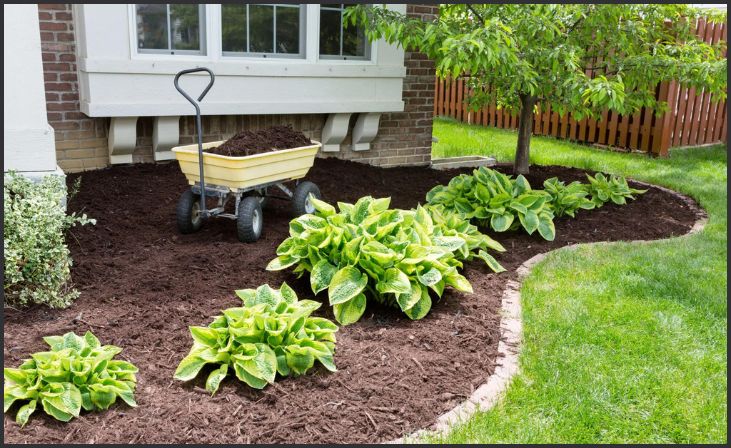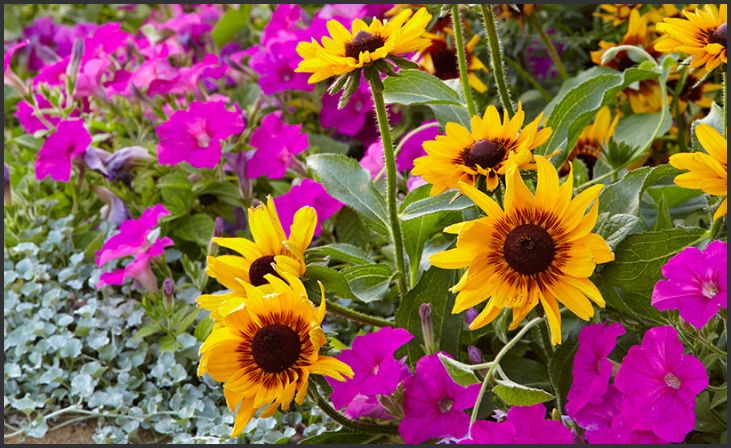Landscaping your yard can seem like a daunting and expensive task, but it doesn’t have to be. With a few smart strategies, you can create a beautiful and functional garden without spending a fortune. Let’s dive into some budget-friendly landscaping tips that will help you get the most out of your outdoor space.
Plant Perennials
One of the best ways to save money in your garden is to plant perennials. These hardy plants come back year after year, reducing the need for replacements and constant replanting. Perennials not only save you money but also time and effort. Look for native varieties that are well-suited to your climate and soil conditions. Native plants are typically more resilient and require less maintenance, making them a perfect choice for a low-cost garden.
Add Mulch

Mulching your flower beds is a simple and effective way to enhance your garden’s appearance and health. Mulch helps retain moisture, suppress weeds, and regulate soil temperature. It also adds a neat, finished look to your landscaping. Affordable options like shredded bark, straw, or even leaves can be used as mulch. By adding mulch, you not only improve the look of your garden but also save on water and reduce weed growth.
Create Pathways
Adding pathways to your garden can significantly boost its visual appeal and functionality. Pathways define your garden’s layout, making it easier to navigate and giving it a polished look. You don’t have to spend a lot on materials; gravel, pea gravel, and stepping stones are all affordable options. These materials are not only budget-friendly but also easy to install, allowing you to create charming garden paths without breaking the bank.
Install Edging
Edging is a great way to define the borders of your flower beds and pathways, giving your garden a clean and organized appearance. It helps keep grass and weeds from encroaching into your garden areas. Inexpensive edging materials like plastic, metal, or even repurposed items such as bricks or stones can be used. By installing edging, you can maintain neat garden borders and reduce maintenance efforts.
Plant Ground Cover

Ground cover plants are an affordable and attractive way to fill in bare spots in your garden. They provide texture and color while also helping to suppress weeds and retain soil moisture. Varieties like creeping thyme and sedum are excellent choices. These low-growing plants spread quickly and can thrive in various conditions, making them perfect for covering large areas with minimal expense.
Add Container Gardens
Container gardens are a versatile and cost-effective way to add color and interest to your landscaping. You can plant flowers, herbs, or small shrubs in containers, which can be easily moved and rearranged. Look for inexpensive containers at thrift stores, garage sales, or even use repurposed items like old buckets or barrels. Container gardening allows you to create stunning displays without the need for extensive planting beds.
Prune and Trim
Regular pruning and trimming of your existing plants can dramatically improve their appearance and health. Removing dead or overgrown branches helps plants to grow better and look more attractive. Pruning doesn’t require any special equipment—basic tools like shears or pruners will do the job. By keeping your plants well-maintained, you can enhance your garden’s beauty at no extra cost.
Use Native Plants

Native plants are a fantastic addition to any garden, especially for those looking to save money and effort. These plants are adapted to your local climate and soil conditions, making them more likely to thrive with less care. They also support local wildlife, including beneficial insects and birds. Examples of native plants vary by region, so consult with a local nursery or gardening group to find the best options for your area.
Collect Rainwater
Using rainwater for irrigation is an eco-friendly and cost-saving method to water your garden. Setting up a rainwater collection system is relatively simple and inexpensive. You can use rain barrels to collect water from your roof’s downspouts. This collected rainwater is perfect for watering plants, reducing your reliance on municipal water, and lowering your water bills.
DIY Garden Decorations
Creating your own garden decorations can add a personal touch to your landscaping while keeping costs down. You can make bird feeders, wind chimes, garden stakes, and other decor items using materials you already have at home or can find cheaply. For instance, painted rocks can serve as garden markers, and old furniture can be repurposed as plant stands. DIY decorations not only save money but also allow you to express your creativity.

